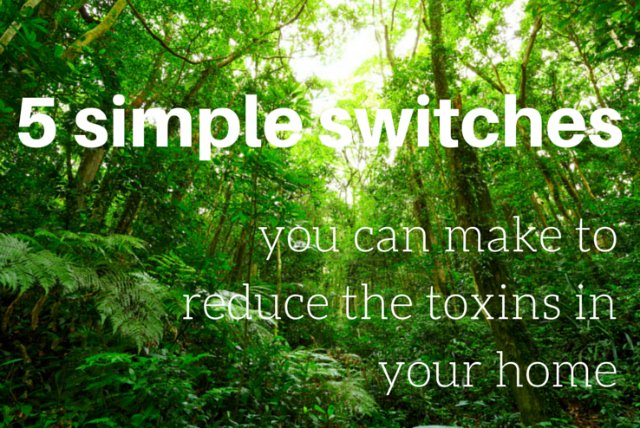I recently came across study that was published about a year ago on The Lancet titled Neurobehavioural effects of developmental toxicity. (You have to sign up which is free to read the full report.) A friend who is way more sciencey than me sent me a link as she thought I would find it interesting and I did!
This study was looking at the impact of the chemicals in our environment on children and it came to this very stark conclusion:
Strong evidence exists that industrial chemicals widely disseminated in the environment are important contributors to what we have called the global, silent pandemic of neurodevelopmental toxicity.(6, 7) The developing human brain is uniquely vulnerable to toxic chemical exposures, and major windows of developmental vulnerability occur in utero and during infancy and early childhood.(8) During these sensitive life stages, chemicals can cause permanent brain injury at low levels of exposure that would have little or no adverse effect in an adult.
It made me think about how like with the food we eat, it can be simple changes we can make that can have a huge impact. Reducing the amount of processed food we eat and increasing whole foods is easy to do and has significant benefits.
With toxins in the home, switching from products with lots of nasty chemicals to a more natural approach is easy and doable and as you can read in the report, can have a huge impact on the health of your family.
Here are some simple switches that you can make:
1. Switch to a non toxic laundry powder
If you are washing your clothes with powders or liquids that contain industrial enzymes, they could be leaving residues on your clothes, towels and sheets – all of which have close contact with your skin.
Laundry residues can be absorbed by your skin causing irritations and sometimes allergic reactions. Swapping your laundry power to one without nasty chemicals can eliminate this. You can read more about this here – Fancy sleeping with laundry enzymes in your sheets?
2. Switch your hair and body care products
Babies skin is actually 5 times thinner than adults. When you are an adult your skin has a dense protective barrier, but the fatty acids and elastic fibres can take up to 12 months to fully develop – making baby’s skin super absorbent. You can read more about this here – Caring for your baby’s skin.
But switching to hair and body care products is not only better for baby but better for adults too. You are at your most vulnerable when you are in the shower. The water is warm, your pores are open and if you are using products with nasty chemicals in them it can be easy for them to be absorbed into your skin.
You could make your own products of course, but there are many great plant-based ones you can use. I am loving this shampoo and conditioner from blog sponsor ecostore which are plant based as is their body wash.
3. Switch to dish washing products with no nasties
Just like with the laundry powder dish liquid and dish washer cleaning products can leave residues on your dishes which you and the family eat off. Buying dish washing products without nasty chemicals is an easy and important switch you can make.
4. Switch to BPA free
The Neurobehavioural effects of developmental toxicity study had this to say about BPA or bisphenol A:
Phthalates and bisphenol A are added to many different types of plastics, cosmetics, and other consumer products. Since they are eliminated rapidly in urine, exposure assessment is complicated, and such imprecision might lead to underestimation of the true risk of neurotoxicity. The best-documented effects of early-life exposure to phthalates are the consequence of disruption of endocrine signalling.(64) Thus, prenatal exposures to phthalates have been linked to both neurodevelopmental deficits and to behavioural abnormalities characterised by shortened attention span and impaired social interactions.(65)
Switching to BPA free products in the home can eliminate some toxins, but it is important to look at what other chemicals may be in the products you are using even though they are claiming to BPA free. You can read more about this here – Is BPA-Free Plastic Safe?
5. Switch to bare feet in the house
A report from The University of Georgia called Leave it at the Door has the following stats about how the simple act of taking your shoes off before you enter and inside the house can help reduce toxins:
Around 30 to 40 percent of the contaminants inside your home are brought in from outdoors.
Findings from an EPA study indicated that when a doormat was used and shoes were not worn, lead dust and other chemicals in the home were reduced by about 60 percent.
If you don’t like the idea of switching to barefoot, the report also has comprehensive info on what makes a good doormat and the ideal set up.
Do you worry about toxins in the home? What do you do to reduce them?


